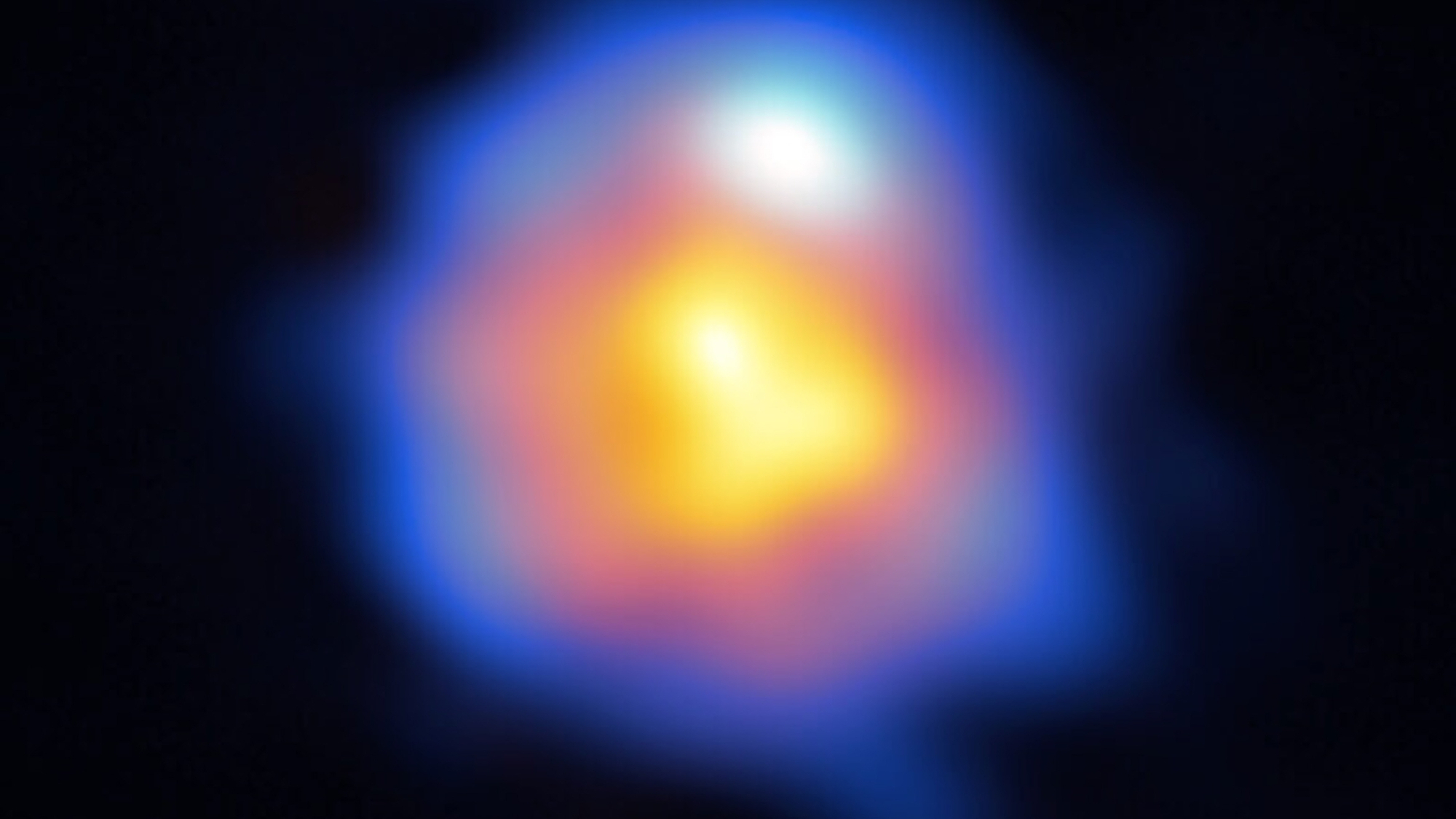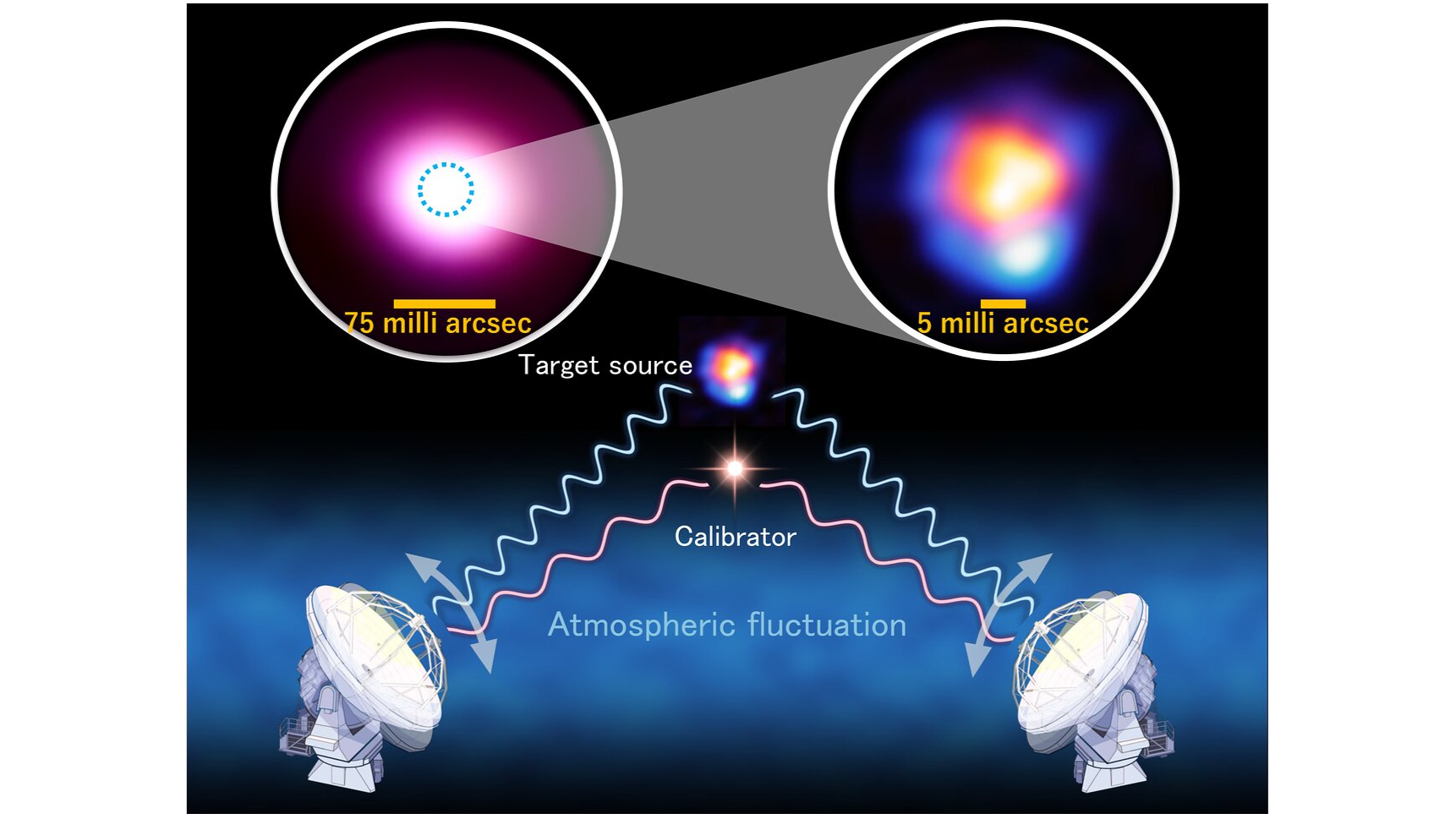
The Atacama Large Millimeter/submillimeter Array (ALMA) has shared its highest-resolution image ever, featuring a star in the final stages of its evolution.
ALMA is a ground-based telescope array located on the Chajnantor Plateau in the Atacama Desert of northern Chile. With 66 receivers, it is the largest millimeter-wave telescope in the world. Its latest observation — and highest-resolution snapshot to date — captures an up-close view of an evolved star called R Leporis that is located within our own Milky Way galaxy, about 1,350 light-years from Earth.
"This remarkable achievement in high-resolution imaging through ALMA's advanced capabilities marks a significant milestone in our quest to understand the universe," Yoshiharu Asaki, lead author of the study, said in a statement.
Related: Meet ALMA: Amazing photos from the giant radio telescope array

To capture this unprecedented view, researchers developed a new calibration technique called the band-to-band method. This strategy compensates for atmospheric fluctuations by observing a nearby calibrator in low-frequency radio waves, while the target is observed with high-frequency radio waves.
"Achieving this unparalleled resolution through the band-to-band method has pushed ALMA's capabilities to their absolute limit, opening a new window for astrophysics," Antonio Hales, North American ALMA Regional Center Deputy Manager and part of the science team, said in the statement. "This allows astronomers to probe phenomena with a precision that was once beyond our reach."
The new image, released on Nov. 15, was taken using ALMA's highest frequency Band 10 receiver and an array configuration that spans 10 miles (16 kilometers). The band-to-band method significantly enhances ALMA's high-frequency capabilities, enabling the telescope to observe objects at an angular resolution of 5 milli-arcseconds, which is equivalent to spotting a 33-foot-long (10 meters) bus on the moon from Earth, according to the statement.
At this resolution, ALMA observed submillimeter-wave emissions from the stellar surface, which is shown in orange, along with a bright ring-like structure of gas that is escaping from the star and into the surrounding space — called maser emission — which is shown in blue. Previous observations of R Leporis did not feature high enough resolution to discern the positions of the two emissions.
"The success of the Band 10 high-resolution observation showcases our commitment to innovation and reinforces ALMA's position as a leader in astronomical discovery. We are excited about the new possibilities for the scientific community," Asaki said in the statement.
Their findings were published Nov. 15 in The Astrophysical Journal.







